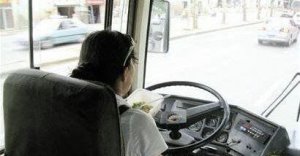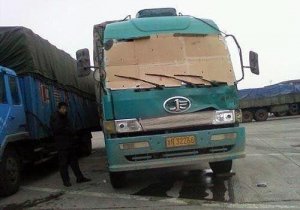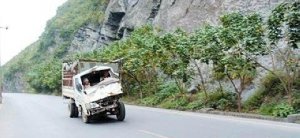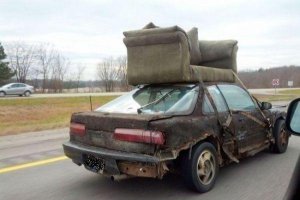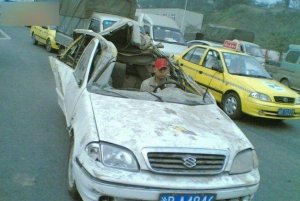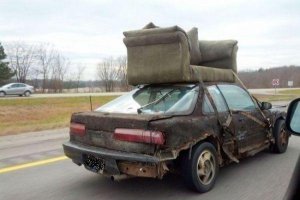The origin of this phrase is unknown. Also, there is no official significance with respect to Indian traffic regulations. No rules in India mandate or suggest the use of such a "slogan" on a vehicle. Still many vehicles are decorated with the phrase Horn OK please.
In the early days, most of the trucks in India were manufactured by the TATA Group. During these times, Tata Oil Mills Ltd. Co (TOMCO) came up with a new brand of detergent called “OK”. And in order to market their detergent they used the motor medium very effectively by painting OK. This brand had a symbol in the shape of a lotus flower. Thus it became “Horn OK Please”. This carried on for a few years and as times went by the OK sort of became a part of the initial paint itself by the lorry drivers and is still being used by people without knowing its origin.
Though this may be the most likely origin, there are plenty of theories for the “Horn Ok Please” being into existence. One such theory has its roots in the Second World War where trucks were often run on petrol when there was a shortage of diesel. Petrol, being highly unstable in nature, would cause the trucks to explode at the slightest accident. Hence a warning would be painted on the back saying “Horn Please, On Petrol”. Gradually this became a norm and is still seen on most trucks even today.
Another possible explanation is that during the blackout on lights during the Second World War, if a car had to overtake a lorry in the night, it had to horn. For this purpose, there used to be a red light under the truck which the truck driver would switch on to signal that it was OK to overtake. It was the OK in the middle that would light up.
Yet another explanation (and probably one bearing some truth behind it) is that the OK is separate from the Horn Please. The OK is kept there in big, bold letters, to allow the drivers from behind to realise that they were OK and alive, thus preventing them from rash behaviour; in addition, the fact that they are able to read the OK is indicative that they are keeping an appropriate braking distance.
Another theory is that, the original words were Horn OTK (overtake) please. And since many times the T would merge into the paneling of the truck it got mistaken for OK.


